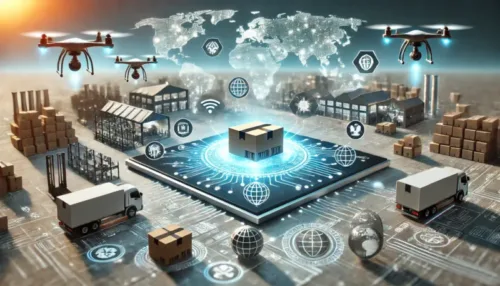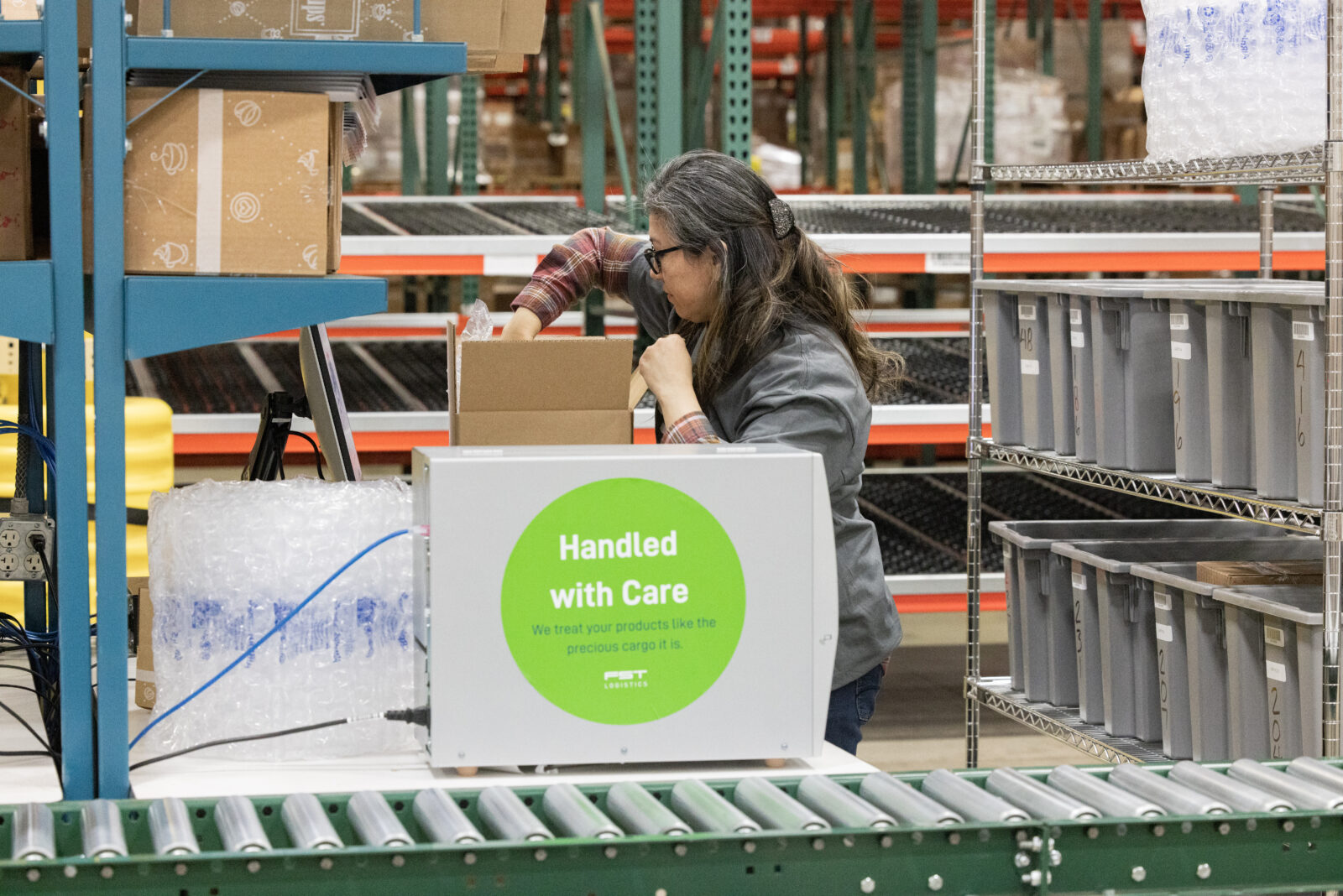The CPG industry is undergoing a seismic shift as direct-to-consumer (DTC) fulfillment reshapes how brands interact with customers, manage operations, and scale in a digital-first world. By bypassing traditional retail channels, DTC models offer enhanced control, actionable insights, and personalized experiences. Here, we explore the rise of DTC fulfillment, the trends shaping its future, and the strategies necessary for success.
Why DTC Fulfillment is Transforming the CPG Sector
- Enhanced Customer Control
By cutting out intermediaries, brands can craft unique customer experiences through curated packaging and direct engagement. This ensures that every touchpoint reflects brand identity and fosters loyalty. - Data-Driven Insights
DTC models generate first-party customer data, enabling brands to refine marketing efforts, anticipate trends, and launch products tailored to consumer needs. - High-Performance Delivery
Customers now expect swift and reliable service, spurred by giants like Amazon. Advanced logistics and fulfillment partnerships allow CPG brands to meet these expectations efficiently.
Trends Shaping DTC Fulfillment
1. Subscription Services
- Brands like Dollar Shave Club and BarkBox use subscription models to offer convenience while securing predictable revenue. Personalized offerings drive deeper customer connections.
2. Sustainability Initiatives
- Recyclable packaging, carbon-neutral shipping, and eco-conscious manufacturing are now essential for appealing to environmentally-aware consumers.
3. Advanced Fulfillment Technologies
- AI and automation are revolutionizing inventory management, demand forecasting, and order accuracy, leading to reduced costs and improved satisfaction.
4. Global Expansion
- With localized warehouses and optimized logistics through third-party logistics (3PL) providers, brands are tapping into international markets with ease.
Building a Resilient DTC Supply Chain
1. Inventory Optimization
Using advanced tools ensures efficient stock management, prevents shortages, and maintains freshness for perishable goods.
2. Flexible Fulfillment Options
Providing options like same-day or two-day delivery through scalable 3PL partnerships ensures competitiveness and reliability.
3. Custom 3PL Solutions
Tailored services, such as kitting and branded packaging, enhance the customer experience and streamline operations.
4. Transparent Communication
Keeping customers informed about order updates builds trust and loyalty.
Overcoming DTC Fulfillment Challenges
- Cost Management
Warehousing and shipping can strain budgets. Partnering with cost-effective 3PLs ensures profitability without sacrificing quality. - Scaling Operations
Growth can test operational limits. Investing in automation and robust logistics helps brands maintain efficiency as they expand. - Navigating International Markets
Compliance with customs and taxes can be daunting. Reliable 3PL providers simplify these hurdles for global operations.
The Role of 3PL in DTC Fulfillment
A strong partnership with a 3PL provider is crucial for success in the DTC landscape. Here’s what to look for:
- Tech Integration: Real-time tracking, analytics, and seamless platform connections.
- Sustainability Practices: Eco-friendly packaging and shipping solutions.
- Customization: Branding-focused services like personalized packaging and kitting.
- Scalability: Capacity to handle rapid growth and seasonal spikes.
Final Thoughts
DTC fulfillment is not just a trend—it’s the future of the CPG industry. By leveraging advanced technologies, focusing on sustainability, and partnering with reliable 3PL providers, brands can unlock new growth opportunities while meeting the demands of today’s consumers.
For more insights on how DTC fulfillment is redefining the CPG industry, visit our in-depth resources on EmergingTrends in CPG.
[/fusion_text][/fusion_builder_column][/fusion_builder_row][/fusion_builder_container]





